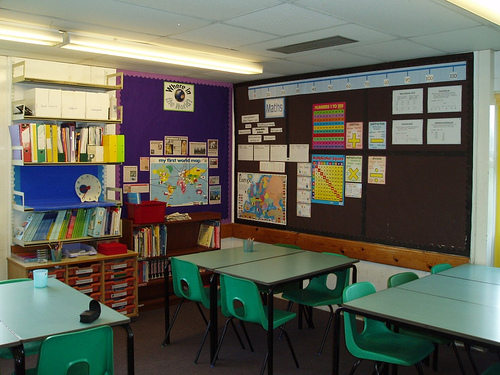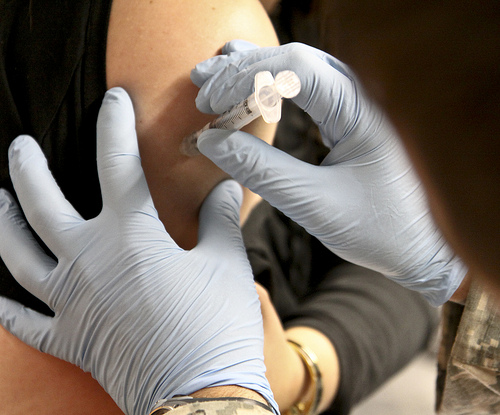A week ago today, I started the Body for Life challenge. I completely revamped the way I eat, ditching the carb-heavy lunches from the cafeteria-style shop downstairs from my office in favour of meals brought from home, consisting primarily of lean proteins and salad. In the evenings, I started making more of an effort in the kitchen, selecting dinners based on nutritional value rather than convenience.
At the same time, I have started getting myself into something resembling an exercise routine, following my post-half-marathon hiatus.
So, how has this all gone? Has my week been a success?
Well, in terms of hard numbers, I haven’t seen as much of a change as I would have liked, but the change I have seen has been in the right direction. I have dropped two pounds, and I have lost an inch from my waist measurement. I am off to a start, so yay!
I have had a surprisingly easy time where discipline is concerned, and I believe this is the result of planning. Last Sunday night, I meticulously planned out and wrote down what the week’s meals would consist of. Once I have a written schedule, I tend to follow it quite rigourously. I have not been tempted by all of the Halloween candy in the house, nor by any of the processed junk food in grocery stores.
In fact, I have been having something approaching fun in the kitchen, as I have tried out new recipes. To my astonishment, none of my cooking experiments ended in disaster, although there are some that I clearly need to practice.
The thing that killed me was time, and this makes me realize that the obesity epidemic can, at least in part, be blamed on the fact that many people just do not have enough time to accomplish everything. I don’t care what you tell me, eating healthily is a lot more time-consuming than the alternative. When I’ve just worked a nine-hour day and spent an hour and a half commuting home, it is so tempting to just throw some processed crap into the microwave instead of taking the time to prepare something that’s actually good for you. It is so easy to blame people for the poor eating choices they make, but honestly, in this day and age it is not easy to maintain a healthy lifestyle.
Lesson learned: do more prep on Sundays to save a bit of time during the week. Even if I do that, it may take a while for me to adjust and do things as efficiently as I need to.
With Week 1 done, I am looking ahead to Week 2. The menu is planned, and I have some specific goals with regard to runs and workouts.
Check this space for another report-back next Sunday.
(Photo credit: Andy Roberts. This picture has a creative commons attribution license.)














